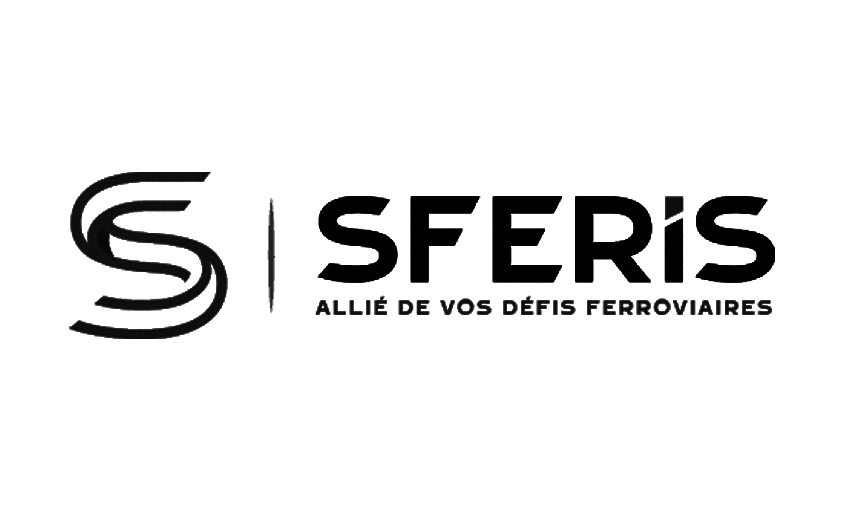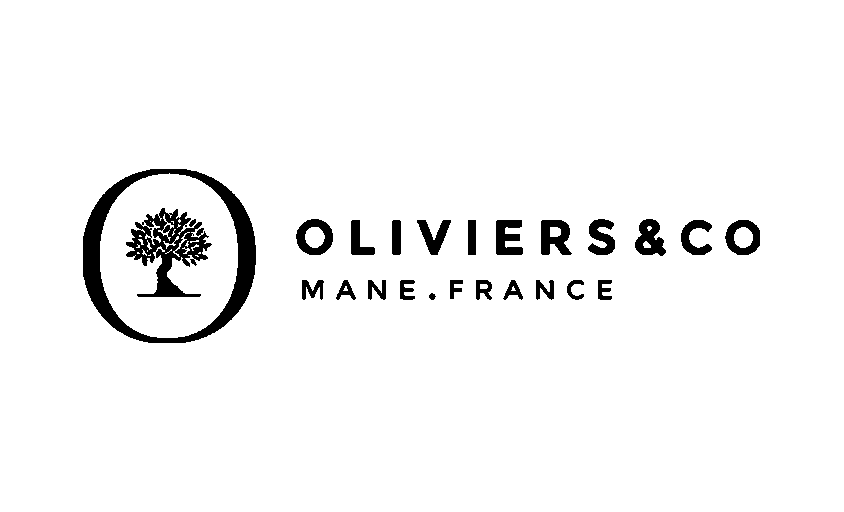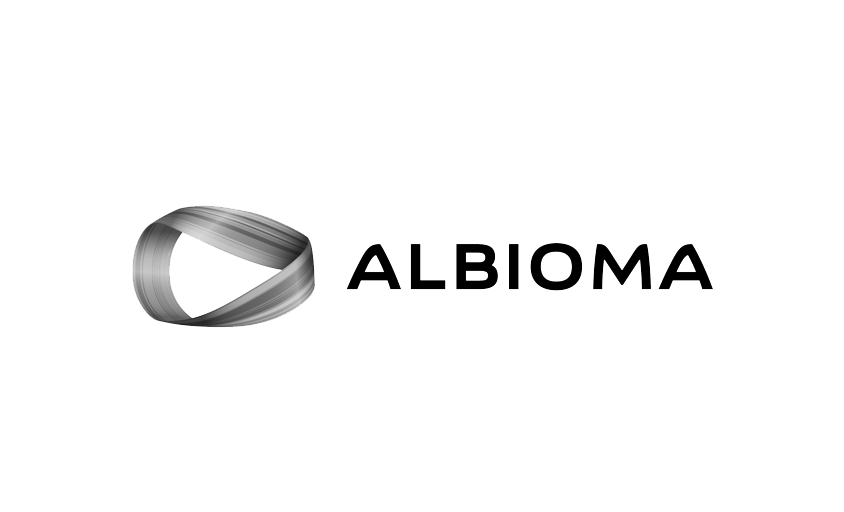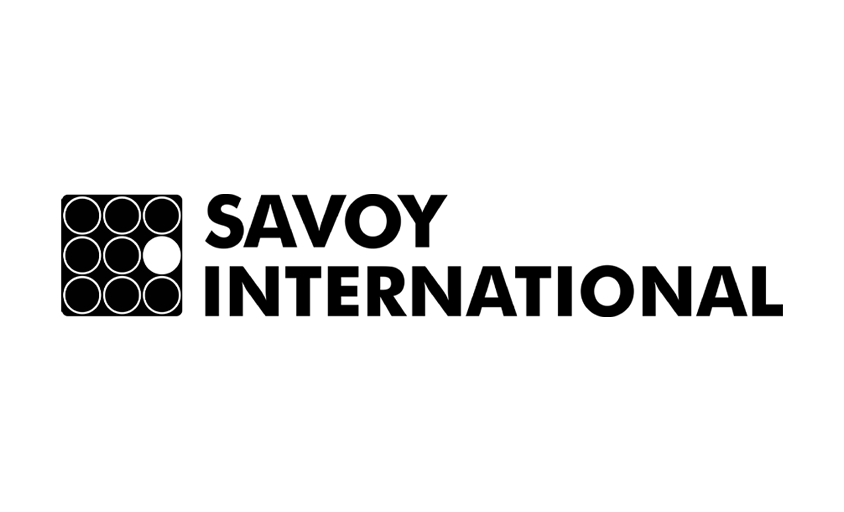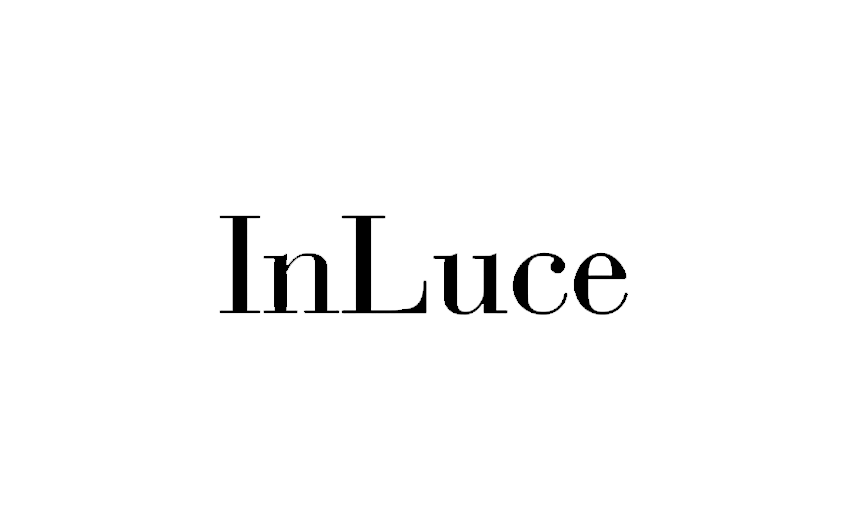Retail Photography
In this article :
In the world of commerce, imagery plays a central role. Retail photography aims to showcase store layouts, customer experiences, and product displays. At the intersection of architectural photography and commercial photography, it conveys a brand’s visual identity by highlighting its aesthetic choices, materials, and atmospheres.
Whether for communication materials, advertising campaigns, e-commerce sites, or social media, a well-photographed store can make all the difference.
Showcasing Space and Layout
Effective retail photography goes beyond simply capturing products; it tells a story through the staging of the retail space.
1. Store Architecture and Layout
The layout of retail spaces is the result of strategic planning. The goal of photography is to capture this visual coherence while highlighting:
- Volumes and Circulation: Show how the space naturally guides the customer.
- Brand Identity: Colors, textures, design, and visible branding elements.
- Key Areas: Product display zones, end caps, and sales counters.
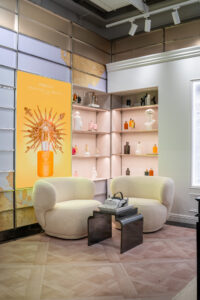
2. The Window Display
The window display is what grabs attention and entices passersby to enter the store. Photography should capture its visual impact by showcasing:
- Lighting and Reflections.
- Product Arrangement and Decor.
- Consistency Between the Window Display and the Store Interior.
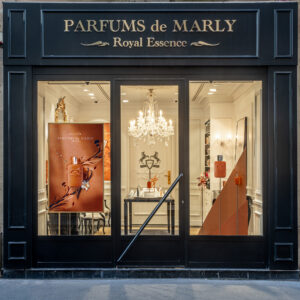
Good framing and precise exposure are crucial to avoid distortions and unwanted shadows on glass surfaces.
Techniques for Impactful Retail Photography
Capturing the essence of a retail space requires both technical mastery and sensitivity to lighting and commercial staging. Unlike architectural photography, which favors natural light, retail photography often uses sophisticated artificial lighting, demanding a specific approach.
A key aspect is light management. Stores are often equipped with LED or halogen lights that affect color perception in images. It’s essential to adjust the white balance to avoid overly dominant color tones and ensure an accurate representation of the lighting ambiance. Additionally, proper exposure settings help prevent overexposure in brightly lit areas while preserving details in the shadows.
Beyond the technical aspects, retail photography must also enhance visual merchandising. Each store layout is designed to capture the customer’s attention, and the image should convey this delicate balance between layout, colors, and product storytelling. Careful composition, leveraging perspectives and contrasts, guides the eye and highlights the arrangement of displays. By varying shooting angles and incorporating dynamic setups, you can enhance the immersion and visual impact of your shots.
Use of Images in Communication
Once captured, these images serve an essential purpose across various platforms:
- Catalogs and Websites: Illustrate the store’s ambiance for an immersive online shopping experience.
- Social Media: Spark interest and encourage followers to discover the store’s universe.
- Advertisements and Billboards: Highlight the latest collections or the appeal of a concept store.
Conclusion
Retail photography is more than just a simple interior shot, it reflects a brand’s essence, tells a story, and creates a visual connection with customers. At Rétines, we capture the unique identity of each store, showcasing the details that make a difference, for strong and impactful visual communication. Contact us!
Jérémy Carlo is the editorial director at Rétines, where he ensures the consistency and clarity of all content produced by the studio.
Our Clients
Let’s discuss
What we do for you at Rétines
Meticulous work, an organised project and fast delivery. And to achieve this, we mobilise the right resources in our teams at the right time.
01
Pre-production
Artistic and technical direction tailored to the project.
Relevant recommendations on content, form and resources.
02
Photo Shooting
Photos taken by our experienced photographers.
Production that’s controlled, efficient and tailored to the needs of the project, with nothing superfluous.
03
Retouching
Technique
Photographs magnified by our retouching team.
Post-production to meet the commercial challenges of the brief.

